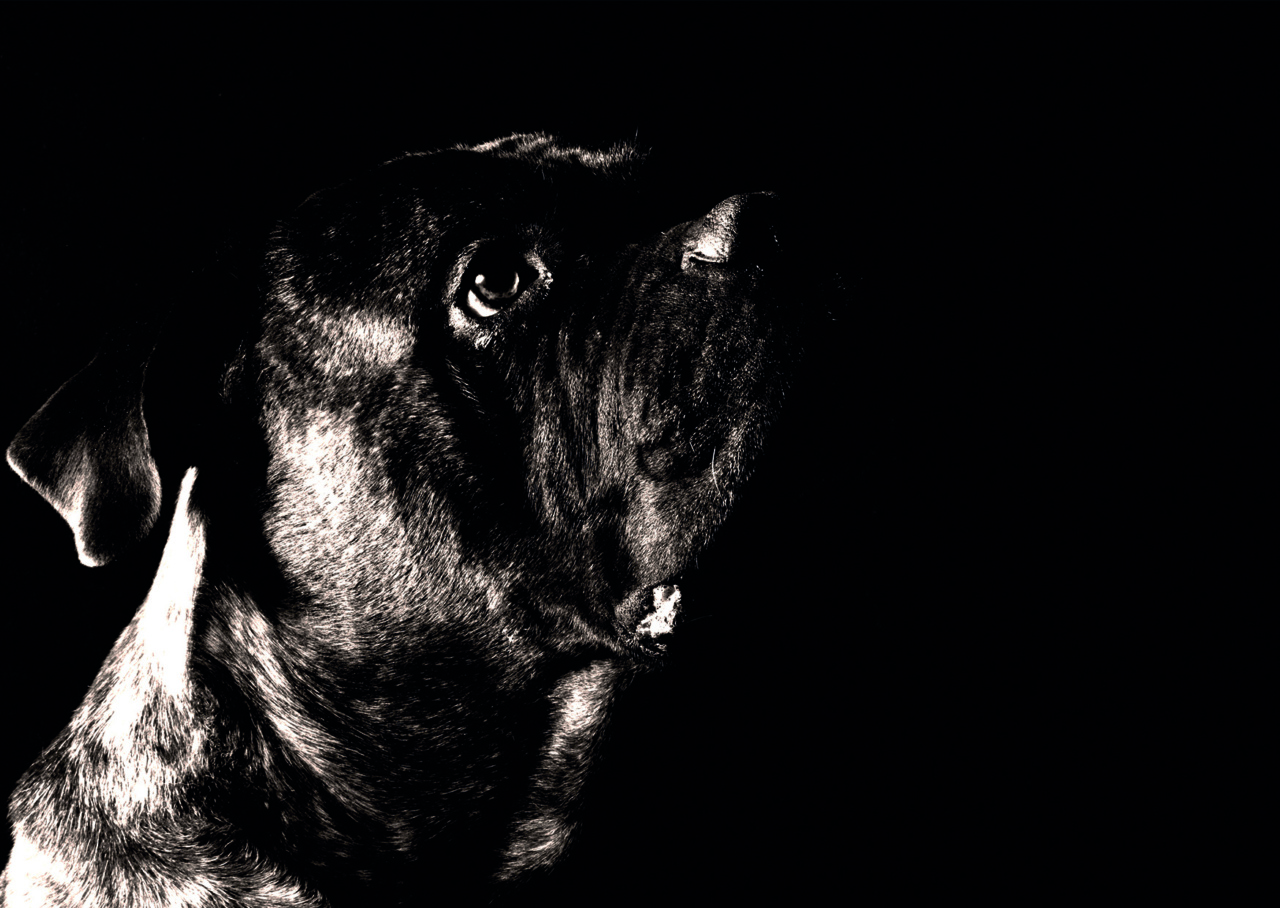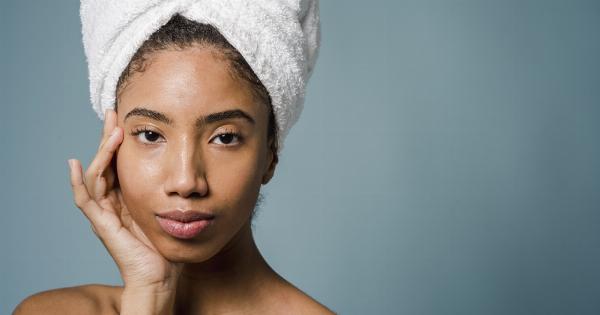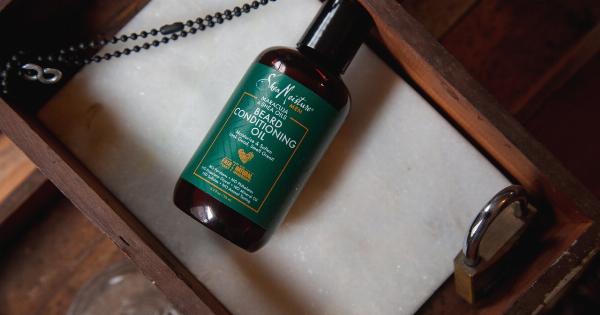Having oily hair can be frustrating. It can make your hair look dirty and unkempt even if it’s clean. The excess oil can weigh down your hair, making it appear flat and lifeless.
But fear not! With a few simple tips and tricks, you can say goodbye to the shiny look and embrace healthy, voluminous hair.
1. Choose the Right Shampoo
Start by selecting a shampoo specifically designed for oily hair.
Look for labels that mention “clarifying” or “oil control.” These types of shampoos are formulated to remove excess oil without stripping your hair of its natural moisture. Avoid using shampoos that are too moisturizing, as they can exacerbate the oiliness.
2. Avoid Over-Washing
Although it may be tempting to wash your hair every day to combat the oil, this can actually make the problem worse. Over-washing strips your scalp of its natural oils, causing it to produce even more oil to compensate.
Try to limit washing your hair to every other day or every two days. In between washes, you can use dry shampoo to absorb any excess oil.
3. Rinse Thoroughly
Make sure to rinse your hair thoroughly when washing, ensuring that there is no residual shampoo or conditioner left behind. Leaving any product on your hair can weigh it down and contribute to oiliness.
Take your time and rinse until the water runs clear.
4. Use Cold Water
When washing your hair, finish off with a cold water rinse. Cold water helps to constrict the blood vessels in your scalp, which can reduce oil production.
It also helps to seal the hair cuticles, making your hair appear smoother and less prone to oiliness.
5. Focus on the Scalp
When shampooing, focus on cleansing your scalp rather than lathering up the ends of your hair. This is where the oil is produced, so it’s essential to remove the buildup from this area.
Gently massage the shampoo into your scalp using your fingertips, then let the suds rinse down the lengths of your hair.
6. Condition with Caution
If you have oily hair, it’s best to avoid applying conditioner to your scalp. Instead, focus on the mid-lengths and ends of your hair. Applying conditioner to your scalp can weigh it down and make it appear greasier.
If your ends need extra care, use a lightweight conditioner or a leave-in conditioner specifically formulated for oily hair.
7. Less is More with Hair Products
Minimize the use of styling products, as they can contribute to greasiness. If you do use products like gels, mousses, or hairsprays, opt for lightweight formulas. Avoid applying them directly to your scalp and focus on the lengths of your hair.
Remember, less is more when it comes to styling products for oily hair.
8. Don’t Touch Your Hair Too Often
Try to resist the temptation of touching your hair throughout the day. The natural oils from your hands can transfer to your hair, making it greasier. Additionally, excessive touching can stimulate oil production, worsening the issue.
If your hair tends to get oily quickly, tie it up or use hair accessories to keep it off your face.
9. Use a Weekly Clarifying Treatment
Once a week, incorporate a clarifying treatment into your haircare routine. This will help to remove any buildup from styling products or environmental pollutants that can contribute to oiliness.
Look for clarifying shampoos or hair masks that are specifically designed to deep cleanse and purify the hair and scalp.
10. Dietary Modifications
While there is no direct link between diet and oily hair, certain dietary modifications may help improve the condition of your scalp. Including foods rich in omega-3 fatty acids, such as salmon, walnuts, and flaxseeds, can promote scalp health.
Additionally, drinking an adequate amount of water and avoiding excessive consumption of oily or fried foods may also benefit your scalp’s oil production.




























